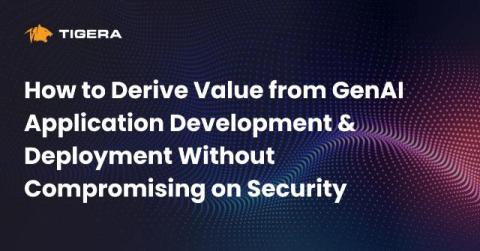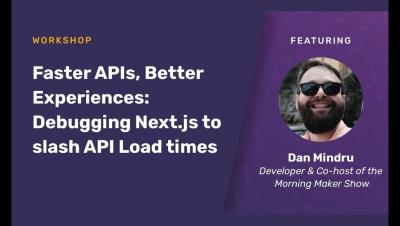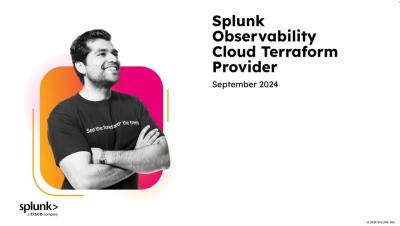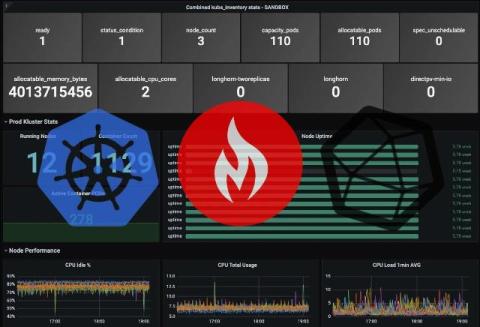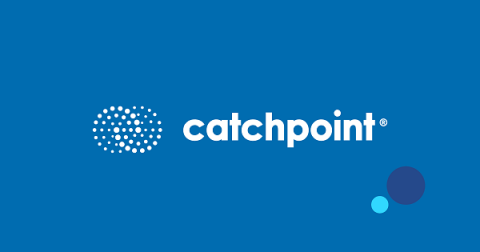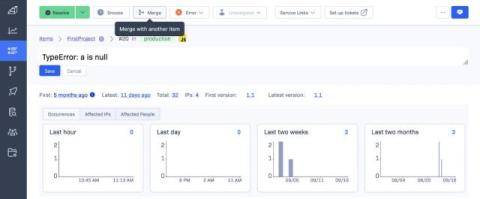How to Derive Value from GenAI Application Development & Deployment Without Compromising on Security
The Generative Artificial Intelligence (GenAI) innovations and advancements over the past 1.5 years have been unmatched. Gartner predicts that by 2026, more than 80% of enterprises will have deployed GenAI-enabled applications in production environments and/or used GenAI application programming interfaces or models. This is up from less than 5% in 2023.


